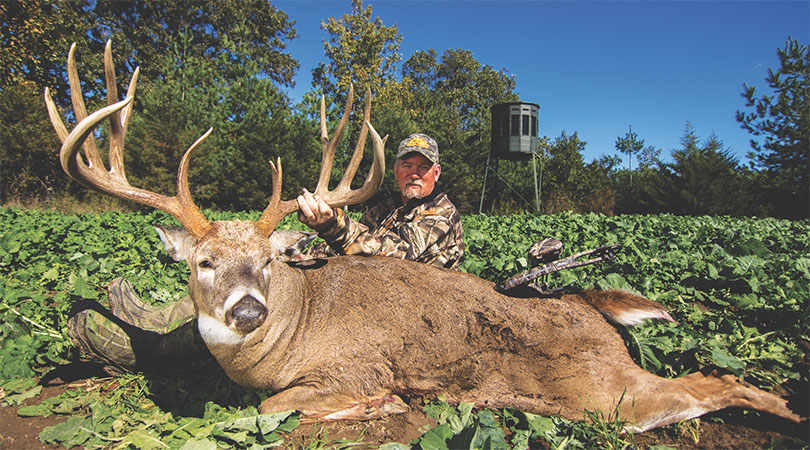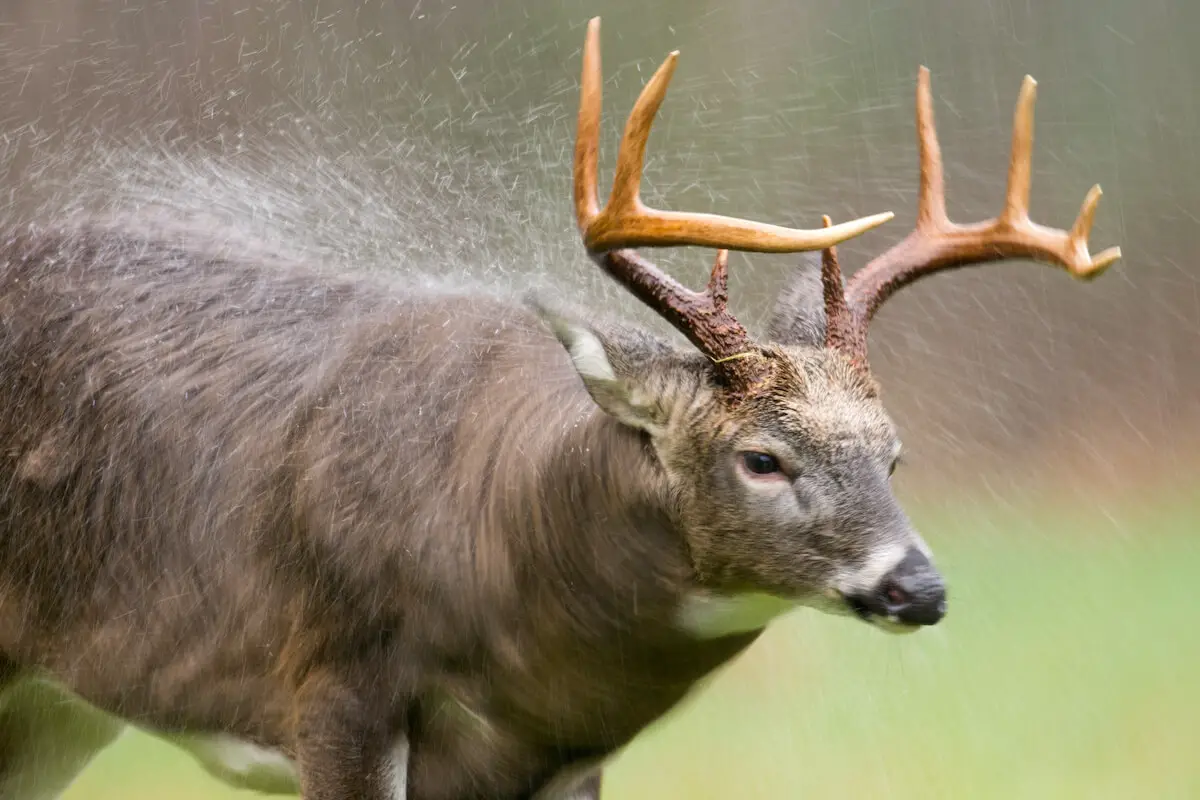Big bucks typically hide in thick cover or areas with minimal hunting pressure. These elusive creatures are masters of camouflage and seek out places where they feel safe from predators.
As a hunter, locating big bucks can be a challenge, but the reward is well worth the effort. Whether you are hunting with a firearm, bow, or camera, the thrill of spotting a trophy buck is unmatched. There are various strategies to find where these elusive creatures are hiding, including scouting, tracking, and using trail cameras.
Understanding buck behavior and their habitat preferences is key to a successful hunt. In this article, we will explore where big bucks typically hide, what signs to look for, and how to increase your chances of a successful hunt. Whether you are a novice or experienced hunter, these tips will help you locate and take down the biggest bucks in your hunting area.

Credit: www.deeranddeerhunting.com
Contents
Understanding The Behavior Of Big Bucks
Big bucks are known for their elusive behavior, making them a challenge to hunt. Understanding their habitat preferences is key to locating them. Big bucks prefer areas with cover, such as thickets, and water sources nearby. Hunting pressure can drive them deeper into cover and make them even more difficult to find.
These bucks also have a keen sense of smell, sight, and hearing, making them cautious and aware of their surroundings. Feeding and movement patterns are also important to consider. Bucks typically move more during the rut and seek out food sources in the early morning or evening.
By understanding the behavior of big bucks, hunters can increase their chances of success in the field.
Best Places To Find Big Bucks
Scouting is crucial when it comes to finding big bucks. One of the best places to look is in areas with ample cover and food sources. Identifying signs like rubs, tracks, and scrapes is also key to finding big bucks.
Effective scouting involves moving quietly, utilizing trail cameras, and learning to read the landscape. Being patient and understanding the behavior of bucks can also increase scouting success. With these tips in mind, you can increase your chances of finding big bucks in the right places.
Hunting Strategies For Big Bucks
For successful hunting of big bucks, planning ahead is essential. Making sure that you know the best times of day to hunt and utilizing stealth and scent control techniques are crucial. Choosing the right equipment for hunting big bucks is also important.
It’s essential to avoid commonly overused words and phrases when writing about this topic. Sentences should be brief and easy to understand and should remain unique and plagiarism-free. To keep your readers interested, try to use a variety of phrases at the beginning of paragraphs.
Remember that a conclusion paragraph is not necessary. Ensure your writing passes ai writing detection and is written in active voice to sound like a human.
Tracking And Harvesting Big Bucks
Big bucks are very elusive and can be tricky to track in the wild. Reading and interpreting tracks is a critical skill in locating these animals. There are various trail cameras that can be used to get a glimpse of these big bucks, allowing hunters to get the upper hand.
Using calling and rattling techniques can also lure the bucks out of hiding. It’s essential to understand the shot placement for big bucks, as they are large animals that can withstand a lot of damage. By mastering these skills, hunters can increase their chances of harvesting these magnificent animals.
FAQ About Where Biggest Bucks Hide?
What Is The Best Time To Spot Big Bucks?
The best time to spot big bucks is typically during dawn and dusk, when they are most active. Food and water availability, as well as temperature, can also influence their activity during the day.
How Far Do Big Bucks Travel In A Day?
Big bucks can cover up to 5 miles in a day, especially during mating season or in search of food and water sources. However, their daily movements can vary based on the season, weather, and hunting pressure.
What Is The Preferred Habitat For Big Bucks?
Big bucks prefer habitats with ample food, water, shelter, and adequate cover from predators. They are usually found in forests, woodlots, and grassy areas with a mix of cover and open spaces.
What Type Of Food Sources Do Big Bucks Prefer?
Big bucks prefer food sources such as acorns, fruits, nuts, and browse plants like maple and hickory. They also eat grasses, clovers, and alfalfa during summer months.
How Can I Increase My Chances Of Finding Big Bucks?
To increase your chances of finding big bucks, scout for their signs, such as tracks, rubs, scrapes, and droppings. Look for hidden spots with thick cover, near water and food sources, and avoid hunting during peak hours when they are least active.
Conclusion
To successfully hunt big bucks, you need to understand their habits and habitat. This means researching and scouting their routes, food sources, and bedding areas. It also means being patient, using the right techniques, and staying persistent. Remember, hunting is not just about taking down the biggest animal, it’s also about enjoying the outdoors, connecting with nature, and respecting all living creatures.

